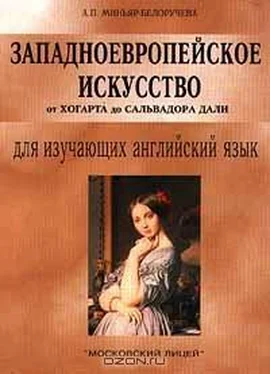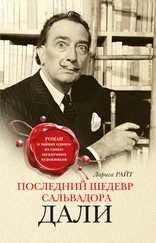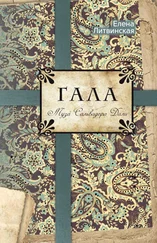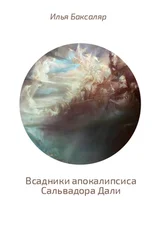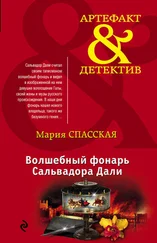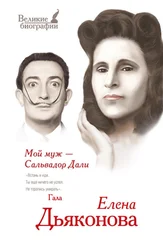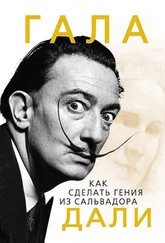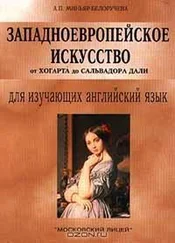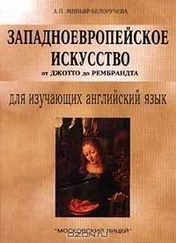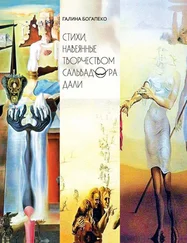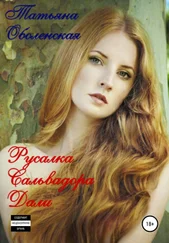The triumphant affirmation of Matisse's Fauve period is the huge Joy of Life, of 1905-6, almost eight feet long. A forest glade is inhabited by a happy company of nudes, male and female, embracing, playing pipes, picking flowers, draping garlands about their bodies, or dancing in a ring, all indicated with an unbroken contour of the utmost flexibility. In a sense, Matisse's new scale and contour were prepared by Gauguin. But Matisse has gone farther, especially in his heightening of colour to intensify the fluidity of contour. The primitivism desired by Gauguin has been reached here without reference to exotic cultures. Matisse's figures abandon themselves to nature physically as the Impressionist painter and viewer had visually.
In 1908 Matisse wrote: «What I am after, above all, is expression… Expression to my way of thinking does not consist of the passion mirrored upon a human face or betrayed by a violent gesture. The whole arrangement of my pictures is expressive. The place occupied by figures or objects, the empty spaces around them, the proportions, everything plays a part… What I dream or is an art of balance, of purity and serenity devoid of troubling or depressing subject matter…» Matisse's Red Studio sums up his art and philosophy. Walls and floor are coloured the same strong surprisingly airy red. As there are no shadows, the painting looks flat at first sight, but then the beautiful clear red begins to suggest a kind of space in which the objects float. Against the walls hang or lean canvases by Matisse. Among the furniture contoured in wavering yellow lines are modelling stands bearing small sculptured nudes by Matisse. The idea of the picture as an arrangement in colour has been perfectly fulfilled by Matisse. The recapitulation of his artistic achievements becomes a delicate web of line and colour, in which Renaissance perspective survives only as an echo.
For more than forty years Matisse continued to paint the relaxed themes he loved. He never deserted his basic Fuave message of linear and colouristic freedom, calm and beauty. In 1921 he took up residence at Nice, where he created a series of masterpieces. Typical of his Nice period is Decorative Figure Against an Ornamented Background (nicknamed Nude with the Straight Back ). The strongly modelled, grandly simplified forms of the nude are played off against the movement of the Rococo shapes in the wallpaper and the mirror. Between the browns, rose tones, and yellows of the Oriental rug and wallpaper the richness of colour is almost overwhelming.
In 1943 Matisse moved to the Riviera hill-town of Vencc, where during a serious illness he was cared for by Dominican nuns. In gratitude he designed and financed a wonderful chapel for them. He created architecture, murals, stained glass, vestments the altar, candlesticks, and crucifix, between 1948 and 1951. Despite the fact that Matisse professed no formal religion, this chapel is one of the few greatest works of the religious art done in the twentieth century.
Although in old age Matisse was confined to bed, his scope and freedom of art widened. Zulma, of 1950, is dominated by blue, green and pink. Its pulsating contours, flat surfaces and brilliant colour revive on a new scale the energy of Matisse's Joy of Life . To many critics Matisse remain, from a purely pictorial stand point, the most sensitive painter of the twentieth century.
Make sure you know how to pronounce the/allowing words:
Henry Matisse; Nice; Vence; nun; Fauve; Fauvism; Oriental; bouquet; distortion; Dominican; forehead; triumphant; decorative
Notes
The Green Stripe – «Зеленая полоса»
Joy of Life – «Радость жизни»
Red Studio – «Красная комната»
Decorative Figure Against an Ornamented Background (Nude with the Straight Back) – «Декоративная фигура на фоне орнамента» (Обнаженная с прямой спиной)
Zulma – «Зульма»
Tasks
I. Read the text. Make sure you understand it. Mark the following statements true or false.
1. Matisse was an amateur painter.
2. In 1900 came the explosion of Cubism.
3. Matisse's new scale and contour were prepared by Gauguin.
4. Matisse reached Gauguin's primitivism only with reference to exotic cultures.
5. In 1943 Matisse took up residence at Nice, where he created a series of masterpieces.
6. Matisse is considered to be the most sensitive painter of the twentieth century.
II. How well have you read? Can you answer the following questions?
1. What innovations interested Matisse? What experiments did Matisse perform? What attracted Matisse then?
2. Why did The Green Stripe excite horror? What is depicted in this painting?
3. What is the triumphant affirmation of Matisse's Fauve period? What did Matisse reach in this picture?
4. What did Matisse write in 1908? What painting sums up Matisse's art and philosophy? What was the idea of this picture? What has survived as an echo in this painting?
5. What did Matisse create in 1921? What is typical of Matisse's Nice period? What is represented in this painting?
6. What did Matisse do in 1943? What did he create between 1948 and 1951? What did Matisse produce in his old age?
III. i. Give Russian equivalents of the following phrases:
the innovations of the Post-Impressionists; simplified figures; the art world; the celebrated group of Fauve pictures; to intensify the differentiation of hues; to produce a strong emotional effect; to intensify the fluidity of contour; exotic culture; a delicate web of line and colour; stained glass; from a pictorial stand point.
ii. Give English equivalents of the following phrases:
упрощенные формы; перспектива Ренессанса; знаменитые работы фовистов; утонченная изысканность линии и контура; витраж; экзотическая культура; произвести сильный эмоциональный эффект; подчеркнуть плавность линий; мир искусства; с точки зрения живописи; усилить контраст тонов.
iii. Make up questions of your own with the given phrases.
iv. Arrange the following in the pairs of synonyms:
a) contour; vestment; masterpiece; mural; touch; revive;
b) artistic scene; style; masterwork; recover; shape; garment
IV. Here are descriptions of some of Matisse's works of art. Match them up to the titles given below.
1. This painting is dominated by blue, green and pink.
2. A forest glade is inhabited by a happy company of nudes, male and female, embracing, playing pipes and picking flowers.
3. Renaissance perspective survives here only as an echo.
4. The strongly modelled, grandly simplified forms of the nude are played off against the movement of the Rococo shapes in the wallpaper and the mirror.
5. The blazing bouquet of colours was applied not only to the background but also to the face.
6. It is a great work of art of the 20-th century.
a. Red Studio
b. Zulma
c. The Green Stripe
d. The Chapel
e. Decorative Figure Against an Ornamented Background (Nude with the Straight Back)
f. Joy of Life
V. Translate the text into English.
Анри Матисс, самый талантливый из фовистов, прошел через увлечение импрессионистами и в поисках интенсивности и яркости цвета пришел к упрощенности и плоскости форм. Предметом изображения Матисса служат самые простые мотивы: цветы, кресла, ткани. В его полотнах почти нет объема, композиции строятся на контрасте цветов. Линии у Матисса очень лак9нич-ны. «Матисс-декоратор» – это особая страница монументально-декоративной живописи первой половины XX в. Одна из последних его работ – декоративное оформление капеллы в Вансе.
Читать дальше
